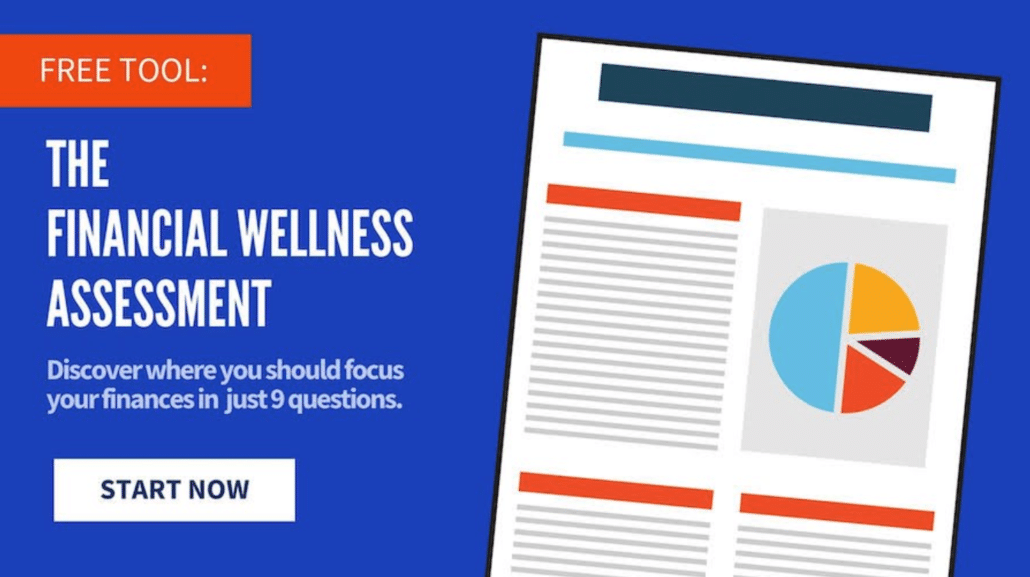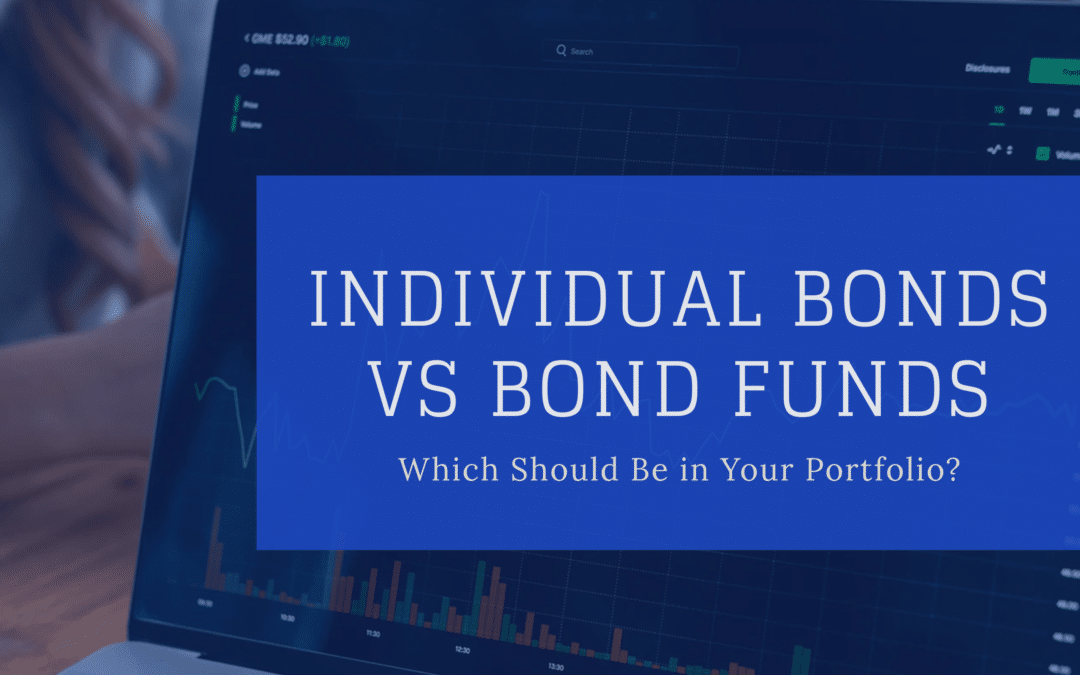Many investors lack a strong understanding of bond portfolio basics. As a result, there are some misconceptions about the use of individual bonds versus bond funds in investment portfolios.
Investors who hold individual bonds tend to believe the implications of interest rate fluctuations don’t impact them because they will receive their principal value on an individual bond if it is held to maturity. Similarly, some people perceive bond funds to be riskier, since they never mature and fluctuate in price every day.
While it’s true that holding an individual bond to maturity will result in the return of principal if the bond issuer doesn’t default, those nominal dollars will be worth less with inflation and during periods of higher interest rates.
Additionally, the lack of price volatility in individual bonds is an illusion. Individual bond prices fluctuate every day, even if held to maturity, but you may not notice if the bond isn’t re-priced every day.
Finally, individual bonds mature and most bond funds do not — but most individual bonds are part of a bond portfolio that never matures, as investors usually reinvest the proceeds of maturing bonds into new bonds.
In other words, a portfolio of individual bonds is actually a form of a bond fund, but with four distinct disadvantages:
1. Individual Bonds Often Mean Higher Costs
Think your individual bond portfolio is free? Think again.
The cost of an individual bond is hidden and very difficult to measure since it is baked into the purchase price and yield. Rather than charging investors a commission to purchase a bond, a broker-dealer sells you the bond at a “mark-up,” or a higher price than they paid.
These mark-ups can be as high as 5% of the bond’s original value. A 2015 study published by Lawrence Harris, former chief economist at the Securities and Exchange Commission, estimated the average transaction costs for retail-size trades is 0.85%.
Unfortunately, the bond market isn’t a level playing field. Most investors, and even many financial advisers, don’t have the tools to know whether a bond is competitively priced at the time of purchase.
Investment fees matter regardless of asset class, but in a low-return area such as bonds, it is arguably more important. So even though you might think your individual bond portfolio is costless, it is typically far more expensive than owning a bond fund.
2. Individual Bonds Can Create Unnecessary Cash Drag in Your Portfolio
Cash drag is the opportunity cost of not being able to reinvest interest and principal on individual bonds in an efficient manner.
Let’s say you own a $100,000 corporate bond yielding 2.5% with interest payments made twice a year. Every six months, that bond will generate $1,250 in interest.
If this interest is supposed to be a part of your fixed income allocation, you won’t be able to purchase another individual bond in that small of an increment. As a result, you are likely to have the interest sit in cash earning next to nothing – hence the term “cash drag.”
A bond fund, on the other hand, holds thousands of bonds with different yields, maturities, and durations. This means that managers can reinvest bond proceeds into new bonds on a daily basis at current market rates.
This eliminates cash drag and allows bond funds to better benefit from fluctuating interest rates because they act as a daily dollar-cost-averaging mechanism.
This is particularly important in a rising interest rate environment, as bond fund managers are able to more efficiently reinvest proceeds from their bond portfolios into new bonds with higher rates of return.
3. If You Invest in Individual Anything, There’s a Lack of Diversification
Basic financial theory tells us that risk and return are related, which implies that investors should be compensated for taking additional risk.
Individual bond portfolios are frequently exposed to concentrated position risk – also known as unsystematic or idiosyncratic risk – while providing no additional compensation to investors. This risk could be easily avoided through the cheap diversification that bond funds provide.
For example, the Vanguard Total Bond Market Index (BND) holds over 10,000 positions with a rock bottom expense ratio of 0.035%.
Broad diversification isn’t just about the number of holdings. A properly diversified bond portfolio should use funds that contain securities with a variety of interest rates, durations, credit qualities, geographies, etc.
As a rule of thumb, it requires at least $10 million to properly diversify a portfolio of individual bonds in a cost-efficient manner. For most investors, though, the only way to achieve sufficient diversification is utilizing bond funds.
4. Without Bond Funds, You Might Miss Out on Global Exposure
Global fixed income is one of the biggest investable asset classes and a tremendous source of diversification, but good luck having diversified global exposure using individual bonds.
Investors shouldn’t limit themselves to just the U.S. bond market. Global fixed income is one of the biggest investable asset classes and a tremendous source of diversification, yet this is an area where investors are routinely underexposed.
Using global bonds with hedged currency exposure has historically provided a dramatic reduction in volatility. Each country’s yield curve is shaped differently, and the factors that impact change in yields are lowly correlated across countries. Another reason for the reduction in volatility is that global bonds add to the number of issuers in a portfolio and, thus, diversifies among different credit risks.
Not only would it be challenging to sufficiently diversify across a variety of countries using individual bonds, the currency hedges required to capture the diversification benefit of this asset class are costly and complicated propositions for an individual bond holder.
Individual Bonds vs Bond Funds: Which Is Right For You?
Bonds play an important role of reducing your portfolio’s volatility, but historically low interest rates make the disadvantages of individual bonds versus bond funds even more prevalent. Investors using individual bonds for their fixed income allocation would be well served to reconsider their outdated strategy.
…
RESOURCE: Do you want to make smart decisions with your money? Discover your biggest opportunities in just 9 questions with my Financial Wellness Assessment.
















Thank you for this timely article. The hidden cost of individual bonds is unknown to many investors. Will individual bonds provide ballast for a retreating equity market? Mentally, without a daily repricing of the bonds, an investor may not even realize his individual bonds are supplying the ballast for equities.
Thanks for reading. You make an excellent point about the pricing of individual bonds. Even though they may not be fluctuating on your statement from day-to-day, that can be the result of the fact that they aren’t being priced day-to-day.